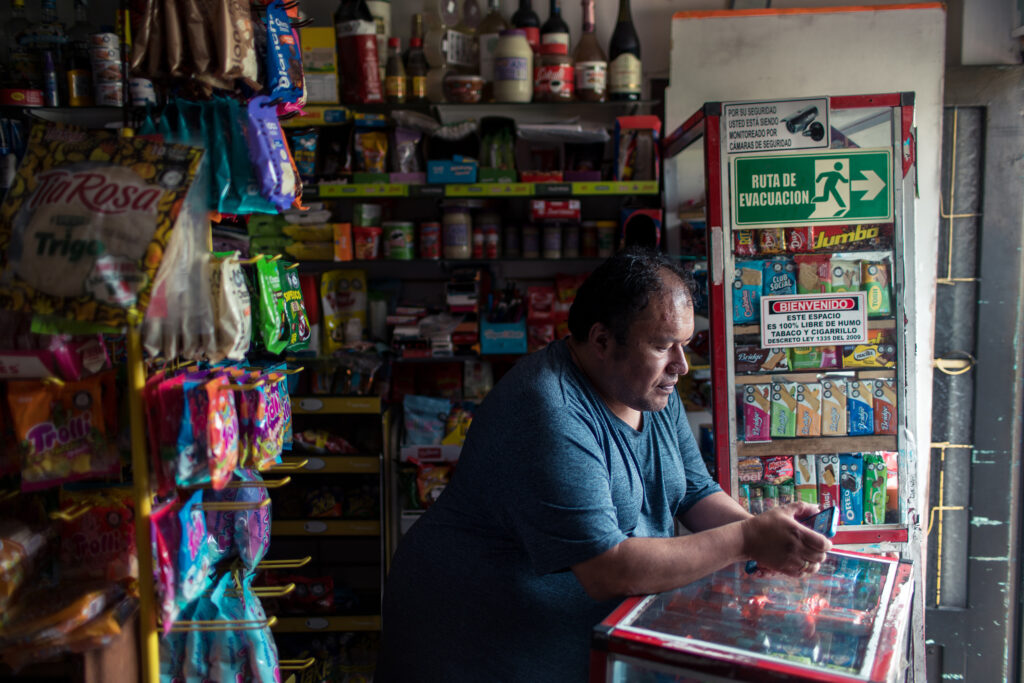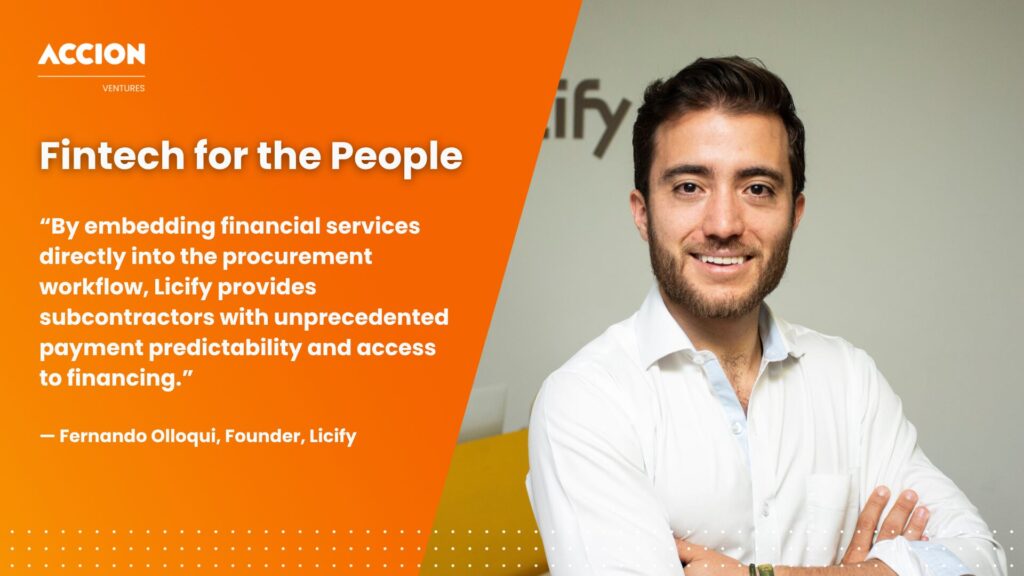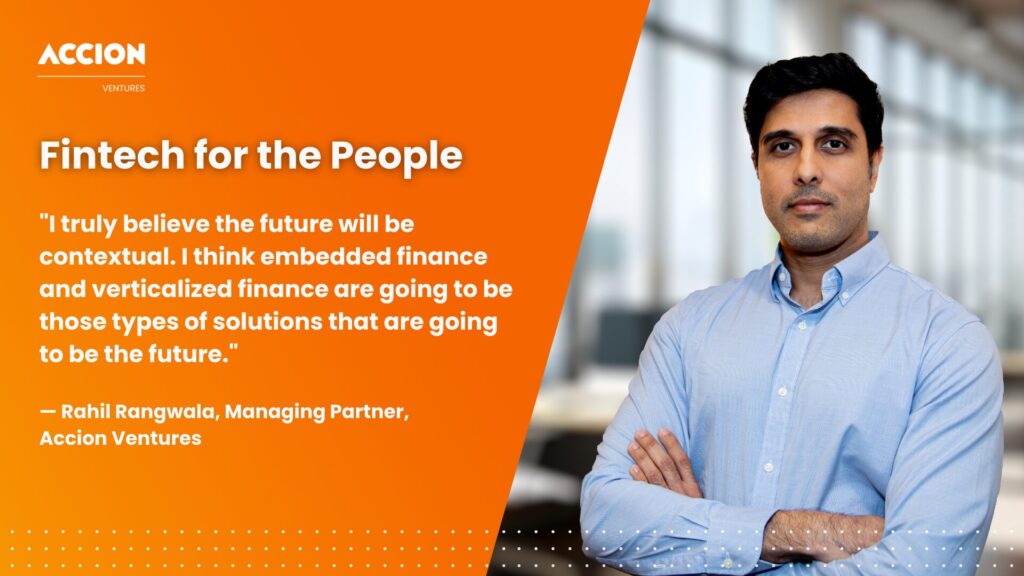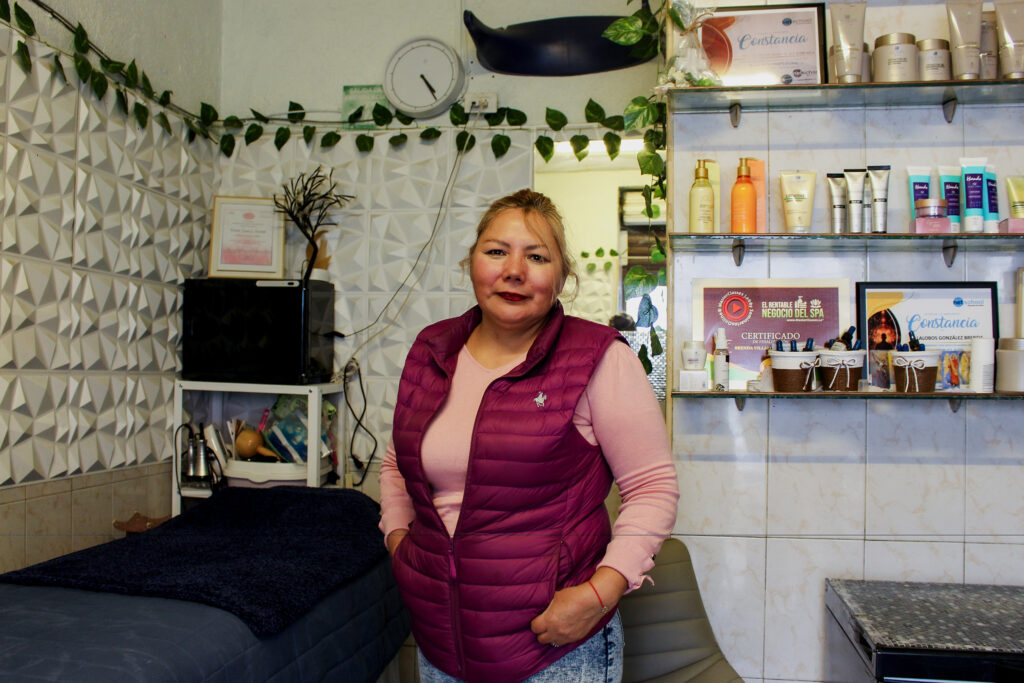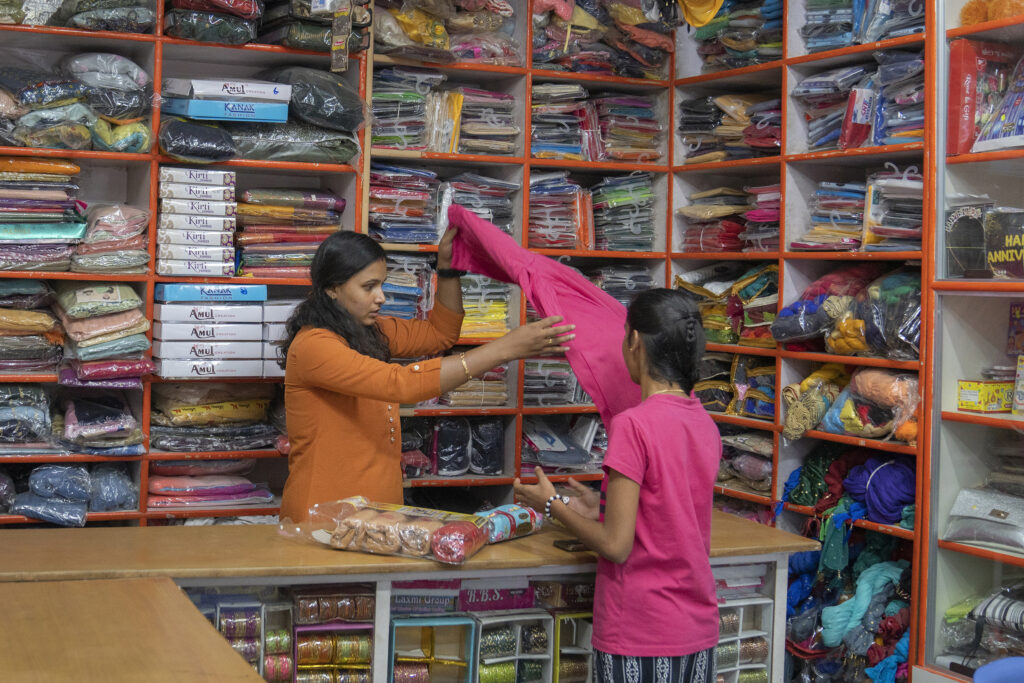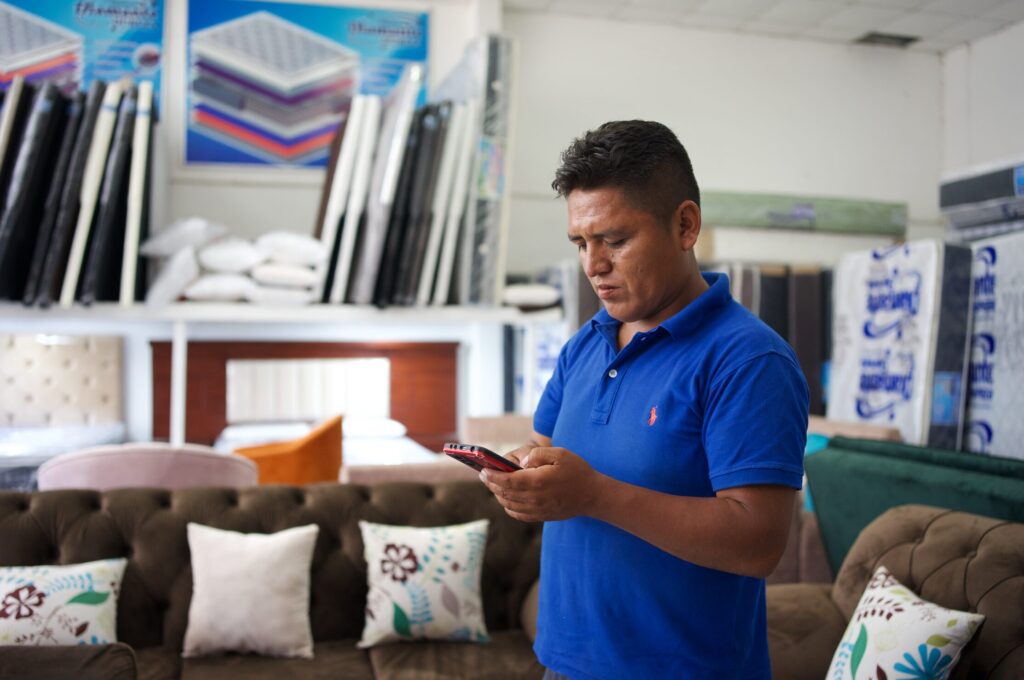
A version of this article originally appeared on Forbes.com.
We have entered a new age of fintech and financial inclusion. Our space, which was evolving quickly until March, was built around the core idea that digitizing everything could create the data and distribution advantages that would let startups finally help the underserved. Now, those core trends have gone into hyperdrive during the pandemic, as the consumers and small businesses that inclusive fintechs seek to serve — everyone from blue-collar workers in Bangalore to small mom-and-pop retailers in Lima — have become increasingly vulnerable and have moved increasingly online.
Platforms already had a big role to play in financial inclusion. Their importance has only grown in the post-COVID era, as small businesses must now connect to digital rails to remain a part of supply chains and consumers can only access core services online. In this post last year, I defined how a new generation of “platfin” startups would play a key role in making platforms relevant for financial inclusion, replicating platform advantages by solving core logistical challenges themselves, and then adding financial services over time.
Over the last several months, we have witnessed this transition in dramatic fashion. Large tech platforms from Grab to Mercado Libre are become financial services companies, leveraging their unique position as trusted partners with unique insights into the cashflows of their customers to provide financial products. But, perhaps more exciting, we are seeing a whole new generation of platfins – non-financial services companies like SokoWatch in Kenya (a portfolio company of Accion Quona Inclusion Fund) and Jumbotail in India that are solving core distribution and logistics problems first — problems that are brought into stark relief by the pandemic — and layering relevant financial services on top. These companies are embedding financial services into specific use cases — assisting end customers in achieving a goal through access to financial services rather than looking at these services as an end product.
Many of these platfins are themselves being forced to reckon with the complexity of offering financial services, whether embedded or not. Sometimes these offerings are developed in-house by an internal staff working through bank partnerships. Other times, the strategy is outsourced, with the platform finding a fintech enabler to frictionlessly add financial services — a lender, insurer, or investor “as a service.”
Either way, these are the next two key categories in inclusive fintech investing — the platfins and what we will call “inclusion as a service” (Iaas) players. And there are big opportunities for these companies — the platfins that are integrating financial services and the enablers who support them – as they connect, digitize and serve the millions of SMEs and billions of consumers that are still underserved by the financial system. But there are also big risks for the end customer as the connection between financial product and customer is diffused. How do we ensure that underserved populations continue to be served, and that products are relevant? How do we ensure pricing is fair and that data is used responsibly and transparently? Ultimately, truly responsible and customer-centric players must ensure they are embedded inclusive fintech companies.
What does embedded inclusive fintech look like?
Incorporate end customer views and needs into product design and interaction
It is critical that platfins and IaaS companies continue to focus on the customer when it comes to defining their products and engagement strategies. Lami, an insurance-as-a-service company based in Kenya, integrates with non-insurance companies, enabling them to offer insurance. But Lami goes beyond underwriting and claims to ensure that their partners are well-positioned to identify and provide end products — like bus driver motorbike and crop insurance — that reflect the real needs of end customers. Lami and other IaaS companies need to be aware of responsible offerings, and then leverage their partners’ inherent advantages of knowing their customers and being able to access them easily to offer more diverse, tailored, and affordable products. Similarly, Heru in Mexico partners with Uber Eats to offer financial services to their contractors, as well as central convening spots for access to financial services. Responsible startups will need to continue to keep customers in mind when they design and evolve financial products for their platforms.
Enable truly responsible offerings
When it comes to the core elements of a financial services offering, particularly pricing, platfins and IaaS companies cannot diffuse responsibility for the quality of their end products. In fact, given the expertise and economies of scale platfin and IaaS companies are able to unlock, we expect these types of companies to offer even better terms and pricing than their more traditional fintech counterparts.
TerraMagna in Brazil, a recently announced Accion Venture Lab portfolio company, works with input suppliers to better underwrite their customers using satellite-verified crop collateral, allowing them to offer more favorable rates than the competition and higher quality inputs. AgriM, an agricultural retailer eCommerce platform in India, enables access to high-quality agri-input supplies at transparent prices. Alude in Brazil and Alquilando in Argentina partner with real estate brokers to offer prospective tenants the possibility of renting without a co-signer or guarantee, at prices that are better than other options. All of these companies prove that new platfins or IaaS companies are positioned to provide better, more responsible products, as well as greater efficiency and reach.
Embedded but not invisible
One big advantage of fintech’s movement toward embedded finance is that transactions are seamless and available at the touch of the button. There has been much written about the benefits of making services nearly invisible — the grease that allows the wheels of commerce to grow. However, for true embedded inclusive finance to occur, the financial products need to be visible as well as embedded. Consumers and small businesses, many of whom may be unwittingly engaging with financial services for the first time, need to know the implications of using them — the price, the terms, the data being used.
Atomic, an investments-as-a-Service provider in the US, offers customized investment portfolios for consumers via platform partners. But Atomic doesn’t just provide seamless access and a simplified set of investment options — they also educate consumers about their portfolios and encourage them to make active investment decisions. Rupifi, an Indian fintech that helps platforms provide credit to their MSME customers, ensures that pricing and product details are clear to the borrower throughout. Ultimately, IaaS companies should enable better, clearer, and more transparent products for customers because they can focus their energies and access the expertise and scale needed to design delightful, responsible products.
Platfin and IaaS businesses are the key players in the next stage of inclusive finance. But these new players’ degree of separation from finance is not an excuse for them to play hot potato with the responsibility to create impactful and inclusive products. We will only move toward a more inclusive world if these companies really focus on embedded inclusive fintech.
Note: Some of the companies above are existing or prospective portfolio companies of Accion Venture Lab or Accion-related entities


